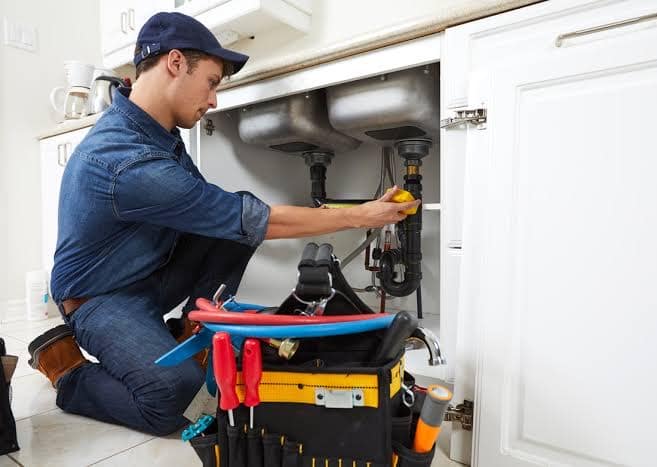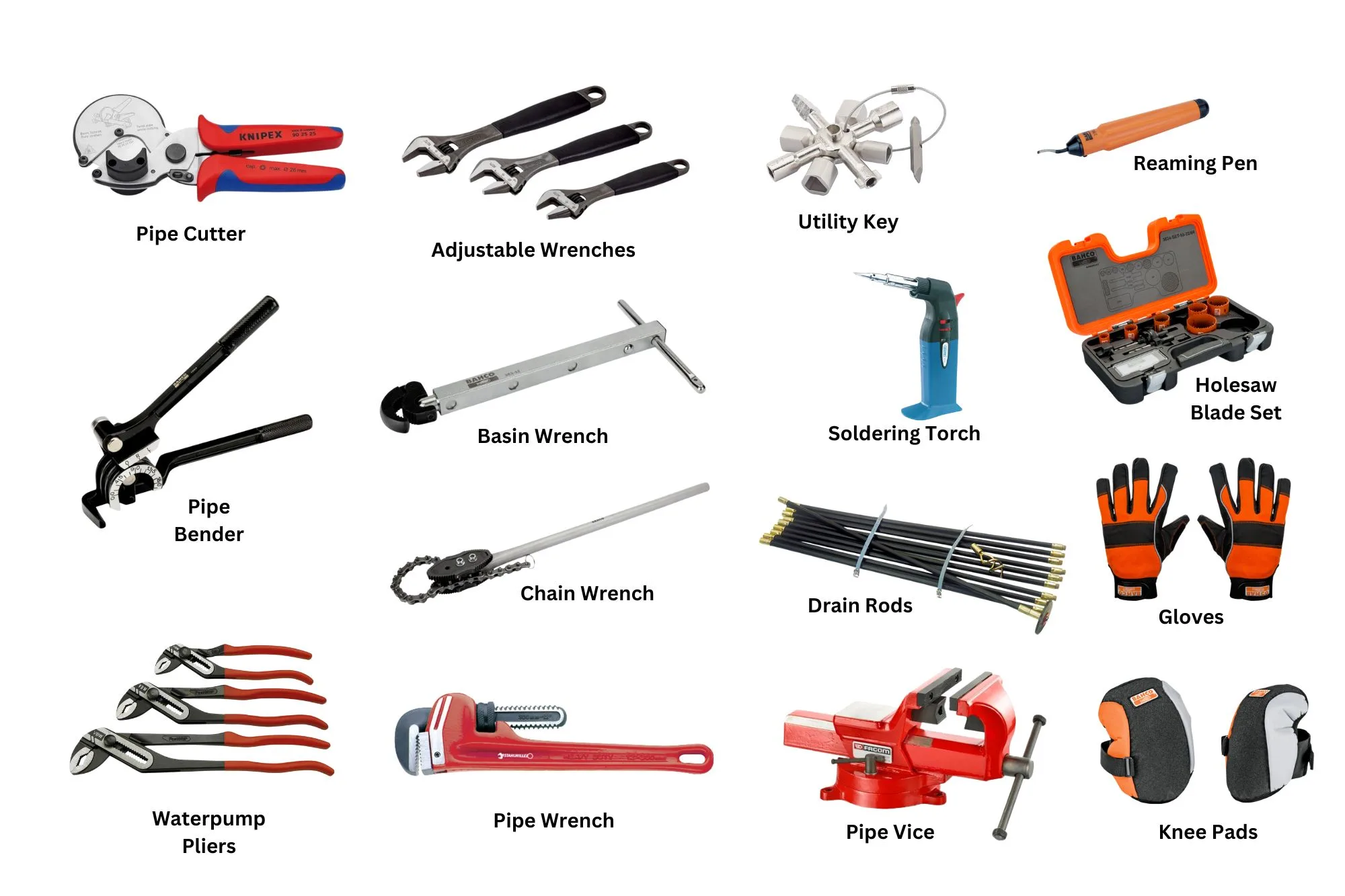
If you're ready to break into the plumbing trade in Austin, MN, you're entering a profession with growth opportunities, competitive wages, and hands-on training that starts with a registered apprenticeship. By 2025, approximately 24 plumbing jobs and 5 apprenticeship roles were listed in Austin 1, offering hourly wages ranging from $23 to $43 for general plumbing positions and between $15 to $24 for apprenticeships 2. Whether you're just finishing high school or looking for a career change, the plumbing industry offers stable earnings and advancement possibilities — including roles with smart plumbing systems, sustainability integration, and tech-centric infrastructure 3.
Before you begin your journey, it’s essential to know what plumbers do. Plumbers install, repair, and maintain plumbing systems across residential, commercial, and industrial buildings, working with pipes, fixtures, water heaters, and drainage systems. Their work ensures that clean water flows into and waste water exits buildings safely; some plumbers specialize in hydronic heating, medical gas systems, or smart plumbing installations, which are becoming more valuable in Austin as technology advances.

Yes — becoming licensed is essential to working independently in the plumbing field in Minnesota. Austin follows the state plumbing regulations, which mandate that plumbers meet age and licensing requirements before practicing unsupervised.
If you're aiming higher, becoming a master plumber involves passing a written exam and having previous experience as a journeyman 4. While specific needs may depend on employers, pursuing formal licensing ensures higher job security and better pay.

To qualify for these credentials, education or training is key. Austin residents can access online and in-person programs through nearby institutions that support plumbing careers:
Completing programs at these institutions enhances employability and ensures fast-track access to apprenticeship programs, a requirement for formal licensing in Minnesota.
To pursue a plumbing career, follow these field-tested steps:
While not legally required, completing a plumbing program with a local institution like M State or Hennepin Technical College gives you:
These programs give you a head start before entering the competitive apprenticeship phase.
According to Minnesota standards, any aspiring licensed plumber must go through a structured apprenticeship lasting about five years 4. During this time, you'll:
Apprenticeships typically involve a mix of on-the-job training and classroom study, both focusing on real-world use cases.
| Plumbing Role | Duration Required |
|---|---|
| Journeyman Plumber | 5 years of supervised experience |
| Master Plumber | 2 years experience as a journeyman |

Once your apprenticeship is completed, apply for your Journeyman Plumbing License by:
This license enables you to work independently, often with higher wages and broader opportunities.
As your experience grows, consider advancing to master plumber status. You'll be eligible once you've:
As of April 2025, the average plumber hourly wage in Austin is $29.59, which represents a slightly lower value than Minnesota's overall average of $32 per hour 21. Comparatively, wages in nearby twin cities — like Minneapolis and St. Paul — may offer higher compensation due to living costs. However, Austin remains competitive based on its cost of living and growing trade demand.
Benefits vary widely, but unionized plumbing jobs often provide better coverage — including healthcare, retirement plans, and overtime pay. Nationwide, the top 10% of plumbers earn over $100,000 annually 5, indicating significant upward mobility for those willing to progress.
The careers and technology facets of plumbing are evolving rapidly. Nationally, plumbing jobs are expected to grow 6% from 2023 to 2033, with nearly 51,000 annual openings across the U.S. 3. Austin, while not widely documented individually, nonetheless reinforces this growth through localized new construction, remodeling activity, and increasing smart technology installations.
Smart plumbing systems like automated water shut-offs, touchless fixtures, and Wi-Fi-enabled leak detection systems are gaining traction 3, bringing new challenges and opportunities. Being trained in these technologies can position aspiring plumbers to fill new niches in green building, home automation, and municipal water treatment. For more on career growth, visit the BLS Plumbers Page.
Ready to take the plunge into this in-demand career? Start by exploring plumbing apprenticeships in Austin, Minnesota, through platforms like GetGild. Whether you're starting your first job or seeking a new challenge, these resources ensure you connect with real apprenticeship opportunities right in Austin. Follow these steps, invest in your training, and position yourself for success in one of Minnesota's most resilient trades. Remember to check out M State for program details and the BLS for national insights.

